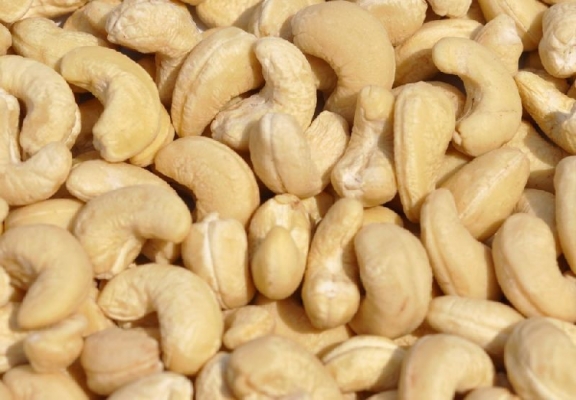General Information
Cashew is an important nut grown and ranks first in the world. It is native to Brazil country. In India it was mainly grown for afforestation purpose. But afterwards it become major foreign exchange earner. In India near about 3.81 lakh acre land is under cashew cultivation with an annual production of 2.69 lakh tonnes of raw cashew. India is the third largest producer of cashews and is second largest consumer.
Along with soil conservation, it also has many health benefits such as it helps to prevent cancer, lowers high blood pressure, helps in digestion and helps in making gums and teeth healthy. Karnataka, Kerala, Maharashtra, Orissa, Tamil Nadu, West Bengal, Goa and Andhra Pradesh are the major cashew farming states.
In India, Maharashtra state ranked first in term of Area and Production. In Maharashtra, near about 10.5 lakh hectare area is under cashew cultivation. With production of 8lakh metric ton of raw cashew.







